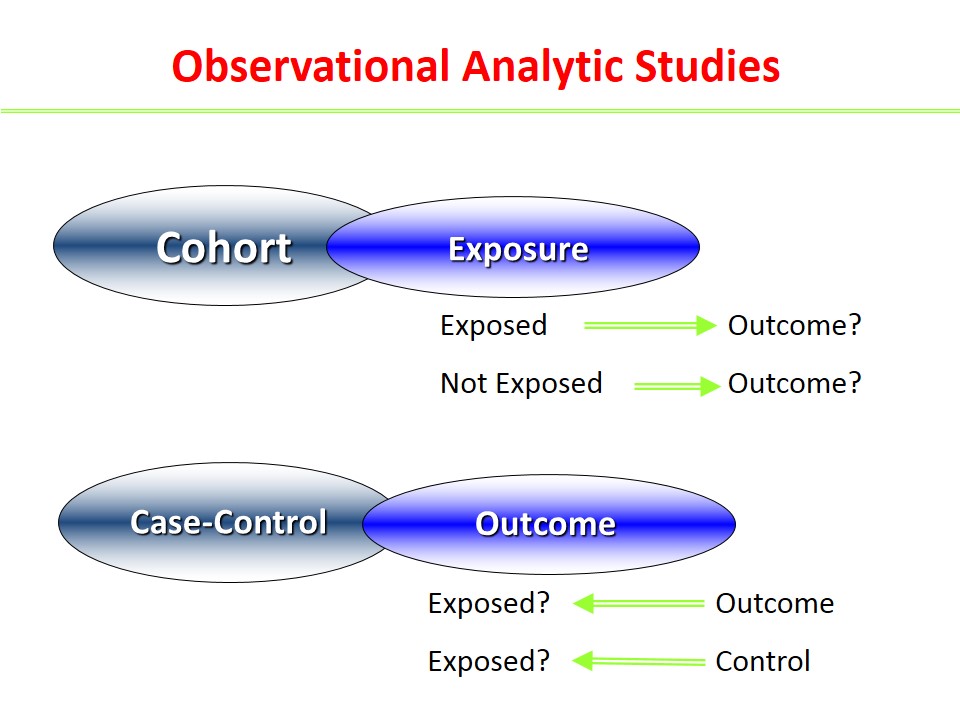

To address this issue, a prospective (cohort) study was needed – recruiting healthy people and following them over time to see who develops or dies from lung cancer and who does not. One potential problem with this type of study is that people with lung cancer are more likely to overestimate how much they smoked, while those who don’t have lung cancer are more likely to underestimate how much they smoked. Though important, these studies still didn’t make a convincing enough case as they relied on the self-reported smoking habits of people who already had lung cancer, and compared them to those who didn’t. Five larger retrospective studies were published in the early 1950’s that again showed a link between cigarette smoking and lung cancer. However, strong evidence of a link between the two was lacking.

The incidence of lung cancer (which had been at relatively low rates prior to the wars) also increased. in the 1940’s and 1950’s, as cigarettes became more widely available and advertising glamorized their use. Rates of smoking increased dramatically in the U.S. The long process of proving a relationship between cigarette smoking and lung cancer is a good case study. It may, as a result, be more difficult to make the leap from correlation to causation with a retrospective study than a prospective study. Plus, you don’t have the opportunity to collect data tailored to the needs of the study that you would with a prospective study. In addition to bias, there can be problems with data quality. You can demonstrate correlation, but external factors and aspects outside the scope of the study have a greater opportunity to creep in and bias the results (see selection bias) than with a prospective study where you identify groups beforehand and then observe what happens to them. The conclusions from such a study may not be as solid as those from prospective studies. For example, one might look at a group of lung cancer patients and compare them to a group of patients without lung cancer to examine the prevalence of smoking in each group.

Nobody is being selected on that basis, so the opportunity for selection bias is limited.Īnother type of study is fully retrospective: the groups are selected on the basis of the outcome of interest. lung cancer) is something that develops or becomes apparent during the course of the study. One could not assign a person randomly to be a lifetime cigarette smoker or non-smoker. Sometimes called a “prospective cohort study,” these studies often fall short of the “gold standard” of a randomized trial, because the assignment to the treatment or control group is usually not random. Although prior information from the participants might be used, the primary focus is what happens to each group during the period of the study. This information would typically be compared to similar information from non-smokers. However, in such cases, there is also an aspect of tracking events into the future.Ī good example is a study following cigarette smokers over time, to see what medical conditions they contract during the study. For example, participants may be asked if they had any medical conditions as a child, e.g. Cohort and panel studies, which often follow a group over time, often collect information about the past. Some prospective studies have retrospective aspects. There is a temptation to modify the question being studied as the data are examined.



 0 kommentar(er)
0 kommentar(er)
